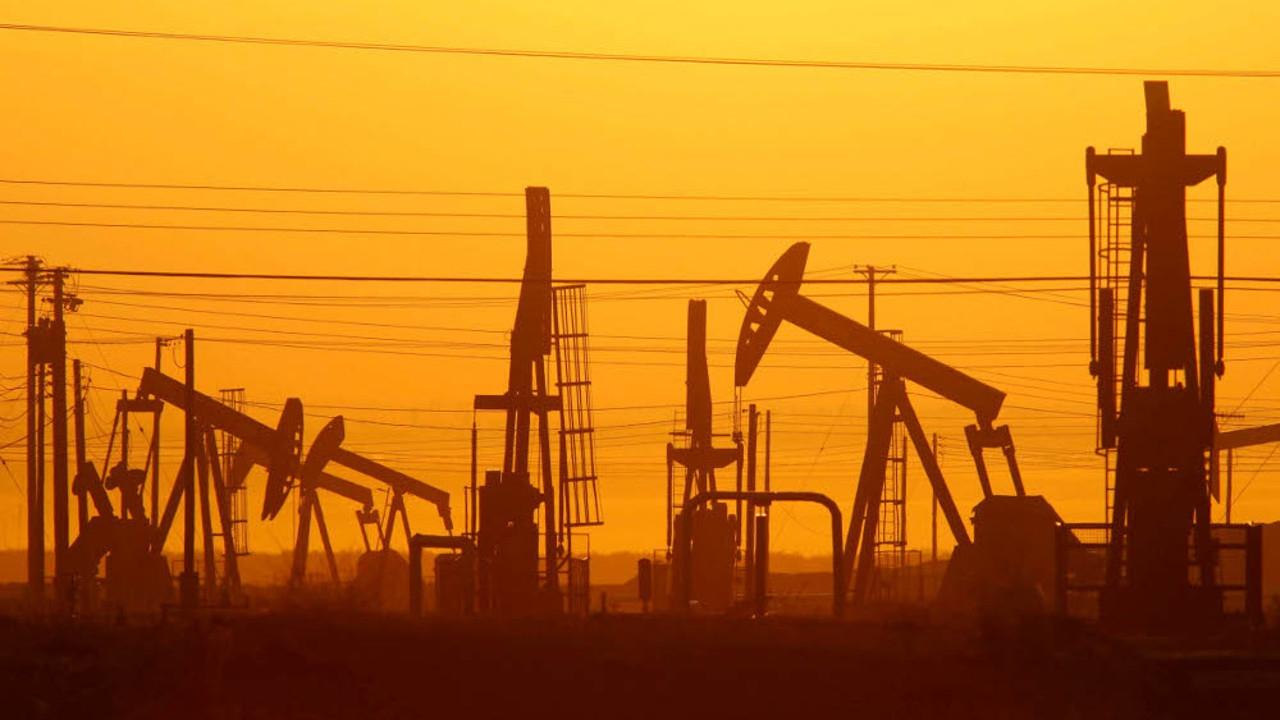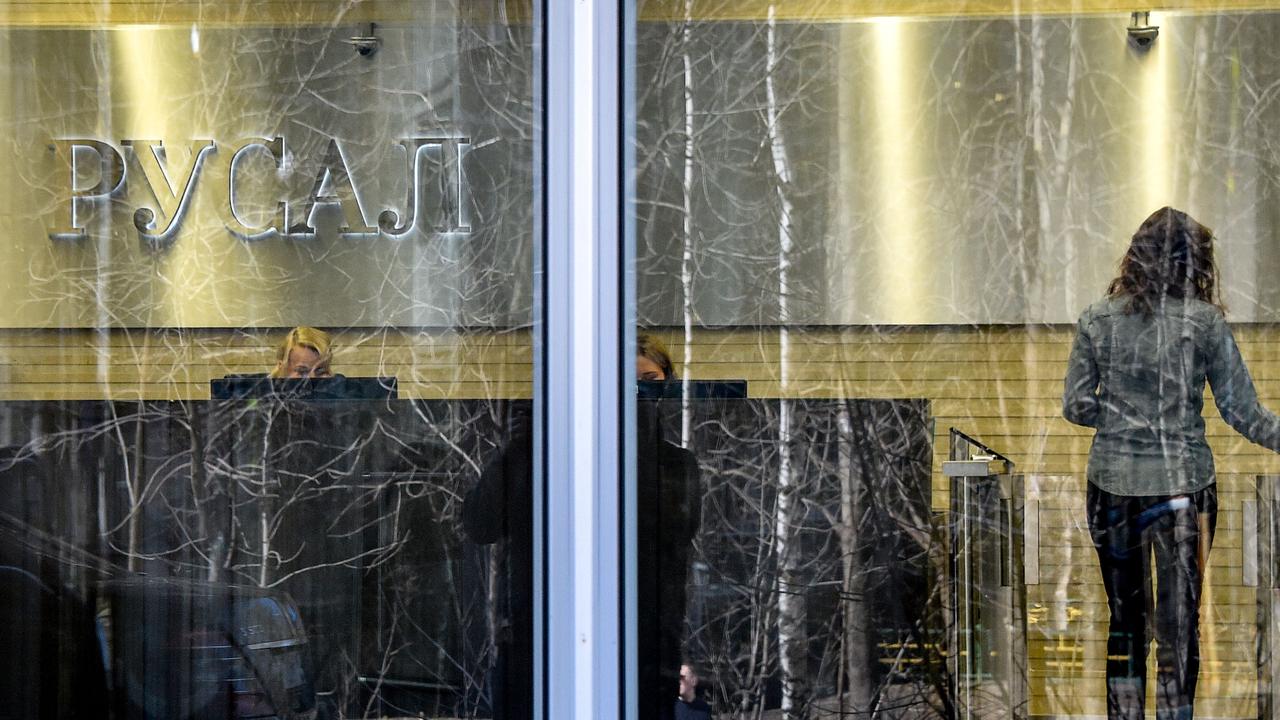Why Rio Tinto’s new boss is ruling things out

In a little flurry of interviews in London this week, he has ruled out further investment in coal, declared the $US18 billion development of the giant Simandou iron ore resource in Guinea unviable and indicated that, while he is interested in acquiring tier-one assets, the current asking price for high-quality mines doesn’t meet his threshold for value.
Even though Rio has continued to state its commitment to its existing coal businesses — and has put enormous effort into lowering their costs and ensuring they are at least cash flow-positive — it has been apparent for some time that the group is keen to downsize, or even exit, the sector.
It has been successful in selling some coal assets at surprisingly high prices — it obtained $US606 million from New Hope Corp for a 40 per cent interest in the Bengalla mine in the Hunter Valley and $US224m for its Mount Pleasant assets from Indonesia’s Salim Group — and has restructured its Hunter Valley joint venture with Mitsubishi to give it more freedom to off load mines.
The Rio view on thermal coal is a pragmatic one that has more to do with the sector’s supply and demand fundamentals and outlook than with what further action the world might take in response to climate change.
Last year saw a fundamental change in the outlook for coal, with China’s demand declining — at an accelerating rate — for the second year in succession. That was partly driven by the nature of the shift occurring within its economy towards services and consumption and away from energy-intensive sectors as well as its attempt to improve air quality and energy efficiency.
With considerable overcapacity within its domestic coal production sector, the decline in China’s demand will have an exaggerated impact on the demand for seaborne energy coal. China accounts for more than half the world’s demand for energy coal.
BHP Billiton’s Mike Henry, who heads the group’s Australian minerals business, gave a presentation last month in which he said he expected energy coal markets to remain oversupplied in the near term, with China’s demand for imports continuing to fall.
BHP’s base case outlook for energy coal is for demand and supply to be matched through to at least the middle of the next decade. There is, however, the potential for a “shock event” around the same time if the Paris Accord on reducing global emissions, which comes into force in 2020, is followed up with a further agreement on material reductions in emissions.
Given that the best case for energy coal is for more of the same and that the current settings have seen just about every energy coal mine in the world struggle to generate positive cash flows, let alone a positive return on the capital employed, Jacques’ lack of interest in further investment in coal isn’t in the least bit surprising. The focus at present appears to be continuing to lower costs and improve productivity to make Rio’s existing mines more attractive to potential buyers.
It is equally no surprise that Rio is officially abandoning plans to develop Simandou, which it once touted (along with its Oyu Tolgoi copper-gold project in Mongolia) as its next generation of tier-one assets.
It has been obvious, albeit not formally stated until now, that Simandou wasn’t going to get a go ahead from Rio in the current iron ore industry settings.
Those settings of continually rising supply (with a significant spike in supply when Vale’s 90 Mtpa S11D project comes on stream late this year and ramps up over the next few years) and slightly diminished demand and the oversupply outcomes they will generate are likely to remain in place well into the next decade.
The Guinean government is understandably agitated by Rio’s judgment on the project, which has the potential to transform the Guinean economy in much the same fashion as Oyu Tolgoi’s underground development will transform Mongolia’s.
The feasibility study on the development of the Simandou mine and associated infrastructure that was handed to the government in May, however, effectively ended any prospect of a near-term go ahead.
The project, originally scheduled to be in production by 2018, has the potential to produce 100 million metric tonnes a year of high-quality iron ore. It is the world’s largest known undeveloped iron ore resource.
While Rio has been able to reduce the original projected investment required to develop Simandou from of $US20bn to $US18bn, the state of the iron ore market and, of greater consequence, the attitude of prospective financiers, have made the project unbankable.
The project was split into two components: the mine, with an estimated development cost of $US6bn and the infrastructure, with an estimated cost of $US12bn. That infrastructure includes a new 650km railway line to cross Guinea, a new deepwater port, bridges and roads.
When Rio, as it was obliged to under its agreement with the government, tabled the outcomes of its feasibility studies on the mine and infrastructure in May, it contained grim news.
Despite shopping the infrastructure component to a huge number of potential investors around the world, and despite the heavy Chinese presence within the project, there were no takers.
The current global market and financial environments, overlaid by the risks and complexity of the project (and the outbreak of the Ebola virus in Guinea), have made the project unbankable. Without funding for the infrastructure component, the resource will remain in the ground.
The Guinean government appears cynical about Rio’s motives, referring to a “global agenda that actually has nothing to do with the project economics.”
Given Rio’s status as one of the big three seaborne iron ore producers and the lowest-cost producer, it isn’t in its interests to flood an already oversupplied market with another 100 Mtpa. If it were prepared to invest any significant amounts of capital in iron ore it would make more sense to invest it in expanding its existing operations than in a massive and risky new greenfield development.
The potential motivation for putting Simandou on hold is irrelevant, however, if no one is prepared to finance the infrastructure required to actually get the ore to market. Simandou might have to wait for the next upturn in the mining cycle, which could be a while.
The quite youthful Jacques might have been appointed Sam Walsh’s successor with an eye to a more aggressive and growth-oriented Rio posture in the longer term.
Like his peers at the big end of the resources sector, however, the near-term focus appears to be on squeezing every last dollar of cash out of the existing portfolio, looking for brownfields’ growth options with modest capital intensity and, where possible, exiting assets where there are expectations of low or sub-optimal risk-adjusted returns over the longer term.
While he might keep an eye open for high-quality assets available at a defendable price, Rio’s post-crisis brush with disaster after the Alcan acquisition and the debacle of the Riversdale coal acquisition in Mozambique will make Jacques and his board quite cautious about growth via acquisitions.






When Jean-Sebastien Jacques was anointed chief executive of Rio Tinto earlier this year it was seen as a signal that the miner was about to shift its stance from its post-crisis introspection to a more aggressive expansionary era. Instead, having started his new job this week, Jacques has focused more on what Rio won’t be doing than what it will do.